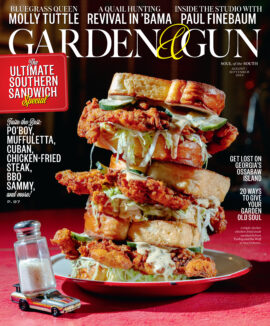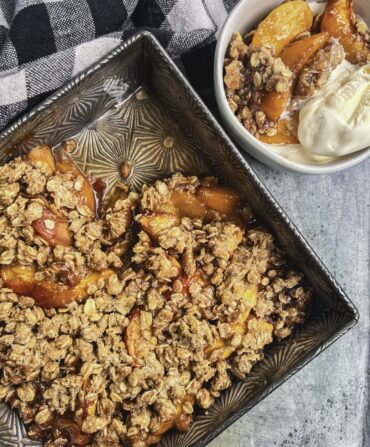Short ribs are deeply flavorful, but because the meat is muscled, it takes low and slow heat to become fall-apart tender. While long-cooked braises have their place, there’s another short rib recipe that is quick and delicious, flavorful and chewy (in a good way): Korean-style kalbi short ribs are marinated in a spicy brew and then grilled or broiled hot and fast. The recipe requires a different cut of short rib, called either kalbi or flanken cut, available at many Asian markets or on order from a butcher. In this cut, the butcher slices across, not between, the ribs, for long, slim meaty pieces, each with four small bones. Once cooked, cut away the bones (Korean chefs use scissors) and chop the meat. That’s the way to turn short ribs into a special occasion hand pie, rich and satisfying. —Cathy Barrow

Excerpted from When Pies Fly: Handmade Pastries from Strudels to Stromboli, Empanadas to Knishes to Kolaches by Cathy Barrow (copyright © 2019 by Cathy Barrow). Reprinted with permission from Grand Central Publishing. All rights reserved.








